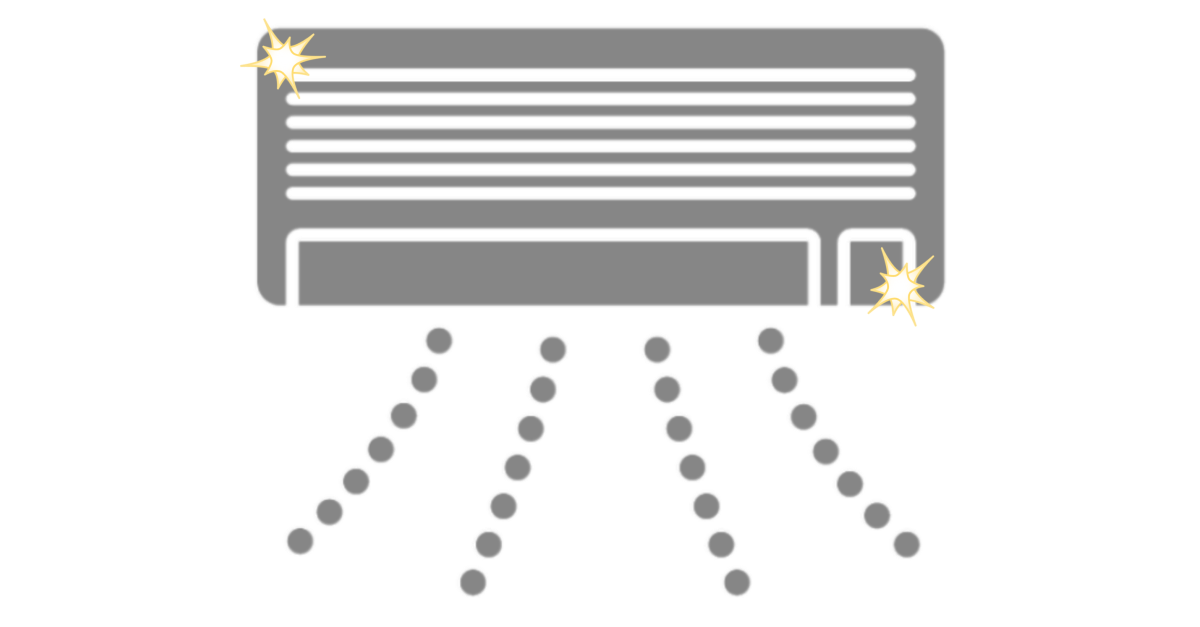The National Asthma Council has issued a household mould prevention checklist, including tips for areas where clean ups are happening after floods. Associate Professor Sheryl Van Nunen, a Sydney-based Clinical Immunologist and Allergist, said that our recent rain, high humidity and unusually warmer winter temperatures provide excellent conditions for the growth and spread of toxic mould that can be damaging to health. “Mould in homes can trigger asthma symptoms for many people living with asthma or allergies, as they create spores which are airborne and can be inhaled.
“Symptoms for people with asthma may include increased coughing, wheezing, shortness of breath and a greater need for medications.” Adam Trumble, Manager of the National Asthma Council’s Sensitive Choice® Program, stressed the importance of not letting mould grow unchecked in your home. He said that mould is most commonly found in bathrooms, bedrooms with en-suite bathrooms and places with poor air circulation such as wardrobes.
“Reducing the amount of moisture in a house is the best way to control mould growth. After wet weather conditions, do a thorough clean and open all the doors and windows to dry out the area as quickly as possible. If you can, use fans or dehumidifiers to speed up the process. “Using white vinegar solution is an effective way to remove mould. Bleach will remove visible mould but won’t kill the spores underneath and it may also irritate sensitive noses. “Even if you have thoroughly cleaned your house you can still have problems with mould. It can grow in places we don’t even think to look – walls, clothes, books, toys and even CDs. “Home heating will reduce relative humidity, as will dehumidifiers and good ventilation.” The National Asthma Council Australia has issued this mould prevention checklist:
- Promptly remove any mould that appears
- Treat the cause of rising damp as soon as it is detected
- Make sure you have enough natural ventilation, including an extractor fan for the bathroom and laundry
- Seal any leaks in bathrooms and roofs
- Clear any overflowing gutters and blocked vents
- Remove indoor pot plants (which promote mould growth)
- Avoid the use of organic mulches and compost heaps.
If you have been flooded:
- Dry or remove wet carpets and furnishings as soon as you can
- Be ruthless with the clean out, if possible – hidden damp can cause ongoing problems
- Consider using a dehumidifier to help dry out the space
- Remove any visible mould by cleaning with naturally fermented white vinegar solution
- Keep an eye out for mould in all areas of the house.
Mr. Trumble said that it is important to get rid of household asthma and allergy triggers before the colder months hit.
Your air conditioner is the perfect breeding ground for deadly mould and bacteria and we highly recommend having your air conditioner professionally cleaned every 6 months, especially if you use your air conditioner for heating throughout the winter months.
More than seven million Australians have allergies, including asthma, which is often triggered when people spend more time indoors with mould, dust mites and indoor pollutants. The Sensitive Choice program has been developed by the National Asthma Council Australia to help people find products and services that may help reduce exposure to asthma and allergy triggers. Our cleaning agents and cleaning process have been exclusively approved by the National Asthma Council’s Sensitive Choice Program.
Call HydroKleen today on 1300 608 318 or visit HydroKleen Sunshine Coast for all your aircon cleaning.




